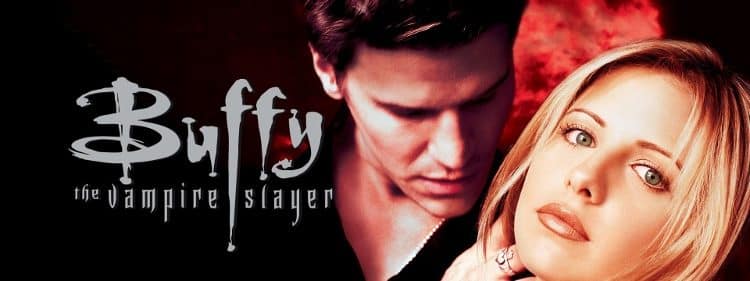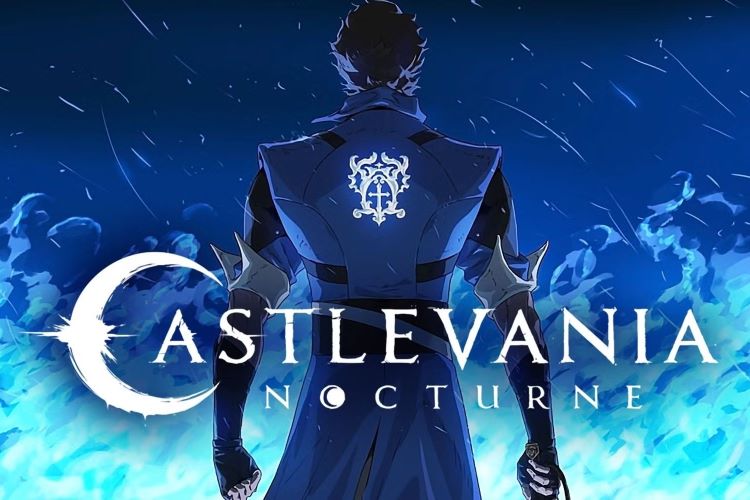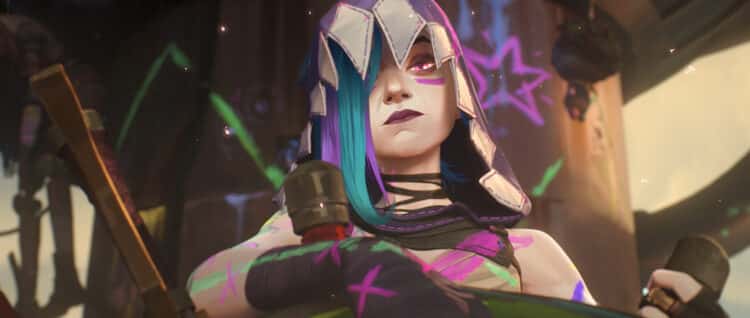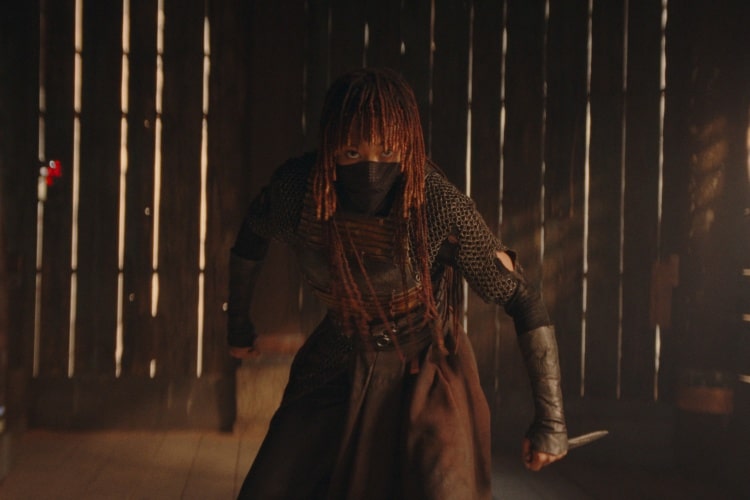Girls Just Wanna Have Fun
Year(s): 1997-2004
Network: The WB (1997-2003), UPN (2003-2004)
Creator: Joss Whedon
Principal cast: Sara Michelle Gellar, Anthony Head, Alyson Hannigan, David Boreanaz
If you dismissed Buffy and her vampire slaying friends as mere teen fluff when it ran around the Y2K era, you missed one of television’s most suspense-filled hours. In one of the few cult shows that adhered to plot continuity, creator and script doctor specialist Joss Whedon and a talented group of writers created international superstars out of a cast of lesser known actors.
Show heroine Buffy Summers (Gellar) was more than a riot grrl down to do the nasty with someone. She was at time princess, at times killer and, in a plot ripped straight out of Romeo and Juliet, had one True Love, the worst of her sworn enemies. Helped by a collection of geeks, goofs, misfits and nerds, the cast gelled over time so that it was believable when Xander (Nicholas Brendon, in his only well-known role) stopped telling jokes long enough to slay a vampire himself, or more often, run for Buffy.
The show succeeded where the movie (starring Kristy Swanson and Donald Sutherland) failed because it took Whedon’s notion that kids can confront their demons and that those kids could be nerdy girls. Buffy was sometimes silly, campy or just teen drama, but not often. The show mostly created a universe where vampires and other demons are real and can only be addressed by the humans confronting that reality. Whedon’s detailed universe proved valuable when he later returned to in the wildly successful Angel spinoff starring David Boreanaz and several other Buffy veterans.
Sure, pretty Sara Michelle Gellar turning flips as she segued into a martial arts move was fun to watch. So was the byplay between the characters. Development has always been and remains Whedon’s strong suit. But there was groundbreaking stuff here. Women held the dominant roles, especially once Boreanaz was gone. The terrific Tony Head played Giles as an Oxford don, constantly drilling his pupil in life’s finer points. Wesley (Alexis Denisof) and Spike (James Marsters) played interesting male characters, but they were always subservient to Buffy. Even when Head took off most of the last two years to remain in England, his shadow lingered over the show until Buffy entered the frame.
Buffy the Vampire Slayer broke a lot of ground, and Whedon had no trouble killing off (literally) his supporting cast. Whenever that happened, it was like a dash of cold water to the face of the viewer, who would ask, “Where is so and so? Isn’t he really coming back?” Whedon also deftly wove together a lesbian love story featuring Alyson Hannigan, who morphed from geeky nerd to beautiful young woman to powerful witch who just happened to love another woman. Big deal in the Buffyverse. No less than four major supporting characters died during the show’s seven-year run. There was even an entire show set to music like a Broadway show, with all the characters performing their own numbers.
The writers were not above ridiculous plots. The BuffyBot story arc is reminiscent of Star Trek‘s unfortunate episode Spock’s Brain. And the late introduction of Michelle Trachtenberg was a blatant attempt to woo a new crop of young teenage girls regardless of how skillfully Whedon’s team created a plot device.
On the business side, Buffy was no less an unusual entity. Hit movies often make lousy television shows. In this case, a lousy movie became a hit show and then became unfortunately typecast as a kid’s show. After UPN picked up the show for another two years, Whedon seemed distracted, the plotlines grew more fanciful and most of the time was spent building to a relatively anticlimactic finale. Only Marsters’ growth (he knew he was moving to Angel) and the introduction of D.B. Woodside saved the show from growing stale.
In all, the first two seasons are must-see. Season 5 is pretty strong as well; although it threatens to go over the top, it nonetheless remains unique.







Leave a Reply